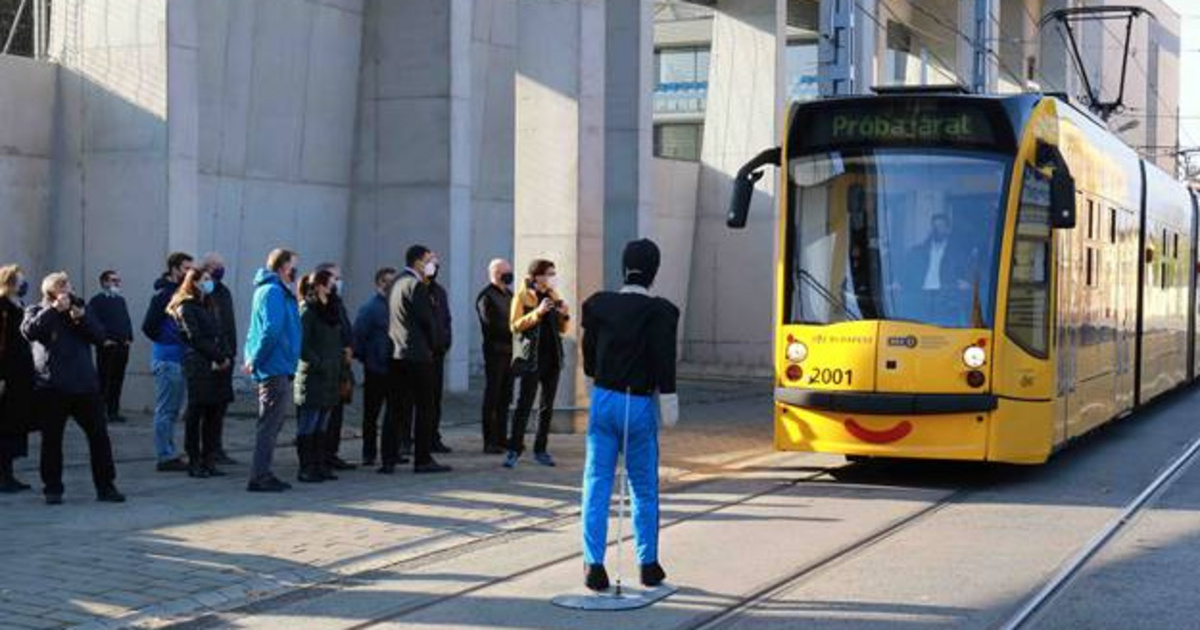Driving support system. This is the name given to the multi-part structure built by Siemens in Combino in the capital. On the one hand, because this type is specific to the company, and on the other hand, because these trains run on one of the most frequent lines in the world on Grand Boulevard, which means that it can be tested under the most authentic conditions.
The STA (Siemens Tram Assist) helps the driver to recognize and warn of dangerous traffic situations. The system is distinguished by the fact that the sensors installed in the car scan the direction of movement of electricity as well as the traffic medium.
Technology can reduce the number and extent of accidents caused by human factors, and at the same time make a significant contribution to making transportation safer.
It works on a principle similar to the prototype of an electric self-driving company that Siemens presented at the Innotrans fair in Potsdam three years ago. It’s an excellent opportunity for us to test this technology firsthand here, as the product itself is being developed
– The CEO of Siemens Mobility highlighted at a press conference on Wednesday. László Ludvig noted that everyone knows that Metro 4 trains are driverless and remotely controlled, but it is not known that Metro 2 and 3 also operate in automatic mode between stations.
Of course, others do not hinder the movement of the metro so much, so the task is much more complicated than with the tram.
The system not only recognizes traffic participants, pedestrians and other vehicles, but consists of the elements of their movement with their speed and direction.
So-called continuous “silent” testing, that is, without sound and light signals, is conducted on one of the Combino passenger services, with the primary objective of collecting data and experience and, after assessing it, tuning the system.
In today’s press presentation, the equipment can be seen in the color of the Hungária in operation. It was possible to take a test tram and experience what it is like when the system is armed by a pedestrian walking on the rails. The system detected the danger early enough to allow the driver to brake without the passengers flying forward into the cabin.
Our cars have 400-450 accidents annually, but only 15% of them are caused by BKV breakdowns.
already indicated Director of the BKV Electricity Sector Plant. Peter Daniel Borbas added that although this number is low, only one such case is more than they would like. This is why they are thinking about it Use any technology that can assist the carrier in achieving this end.






